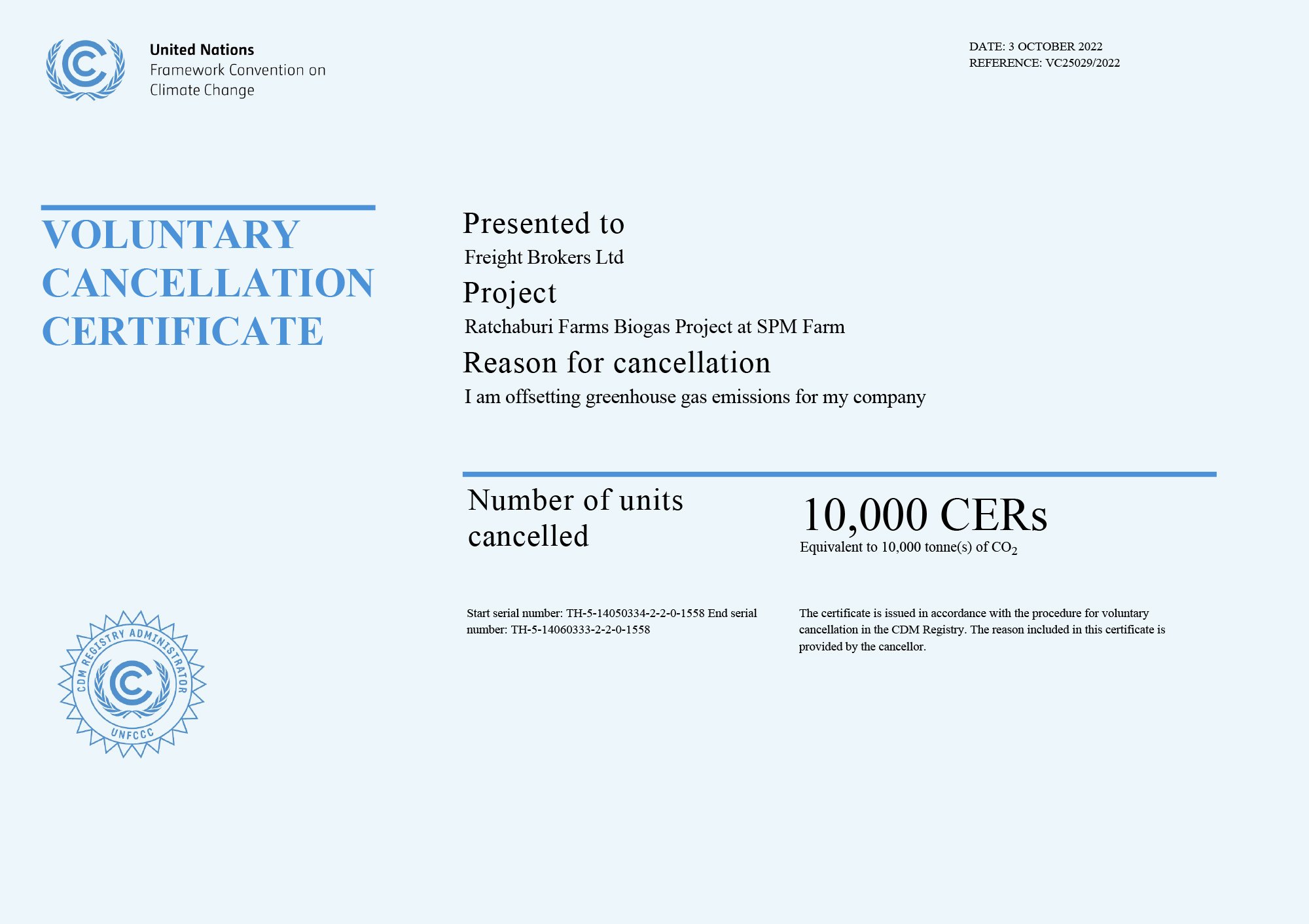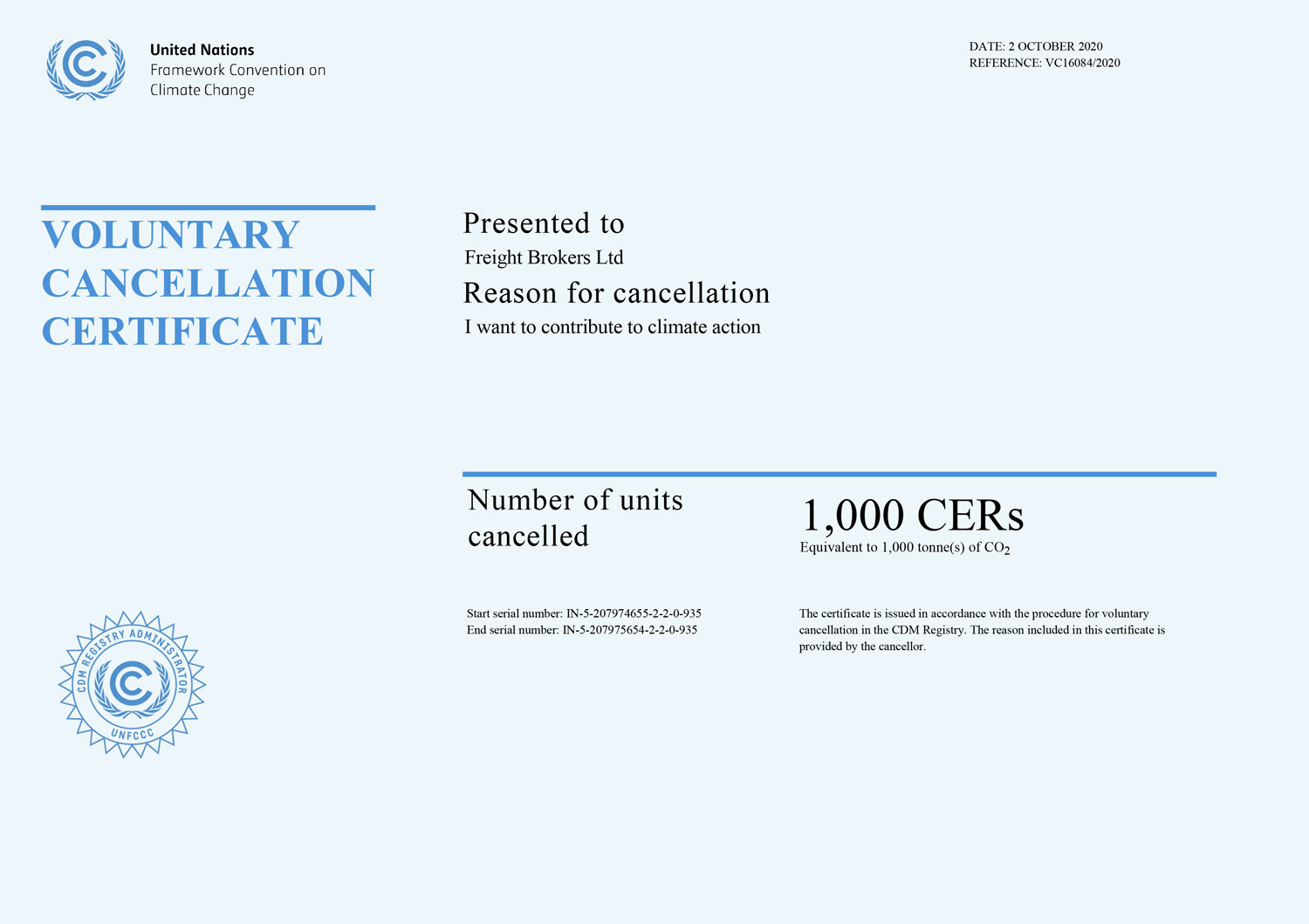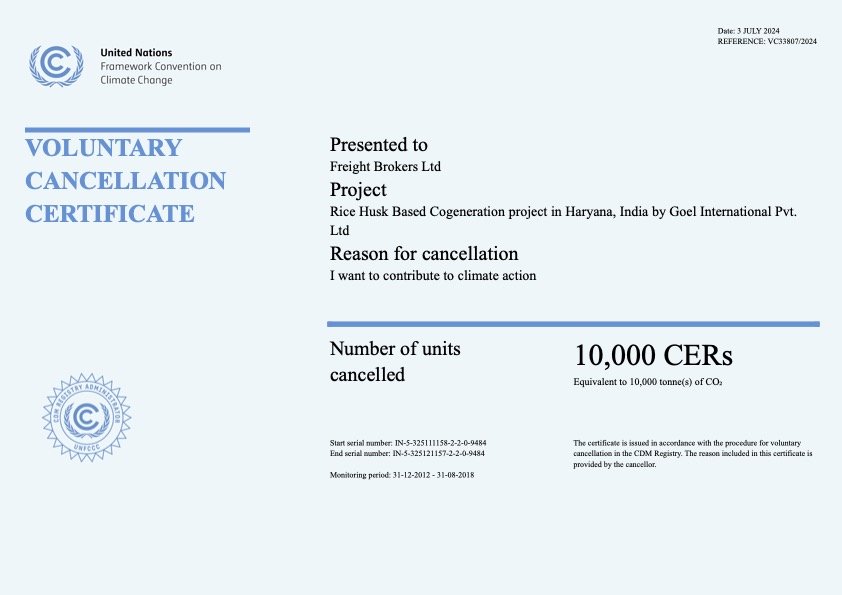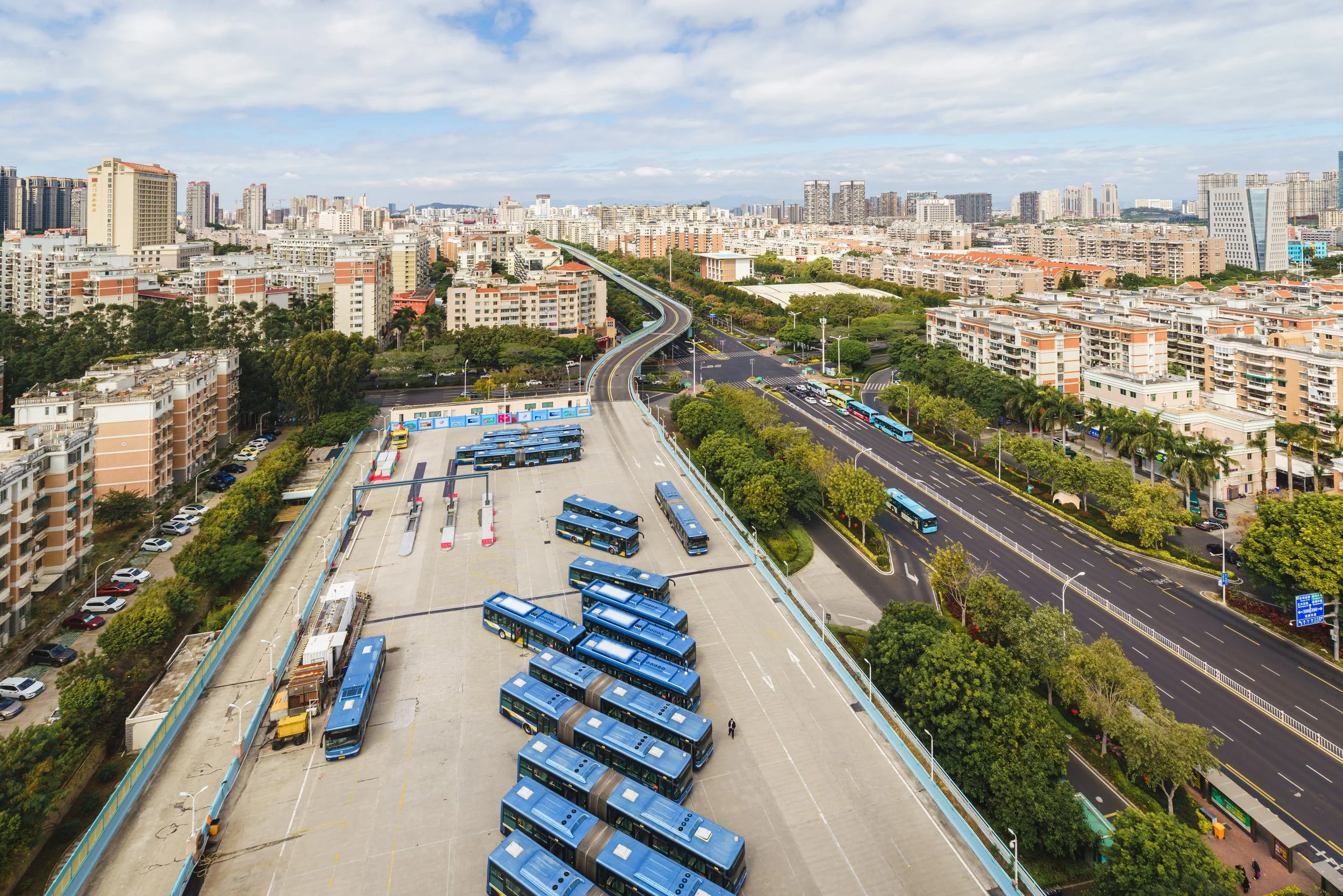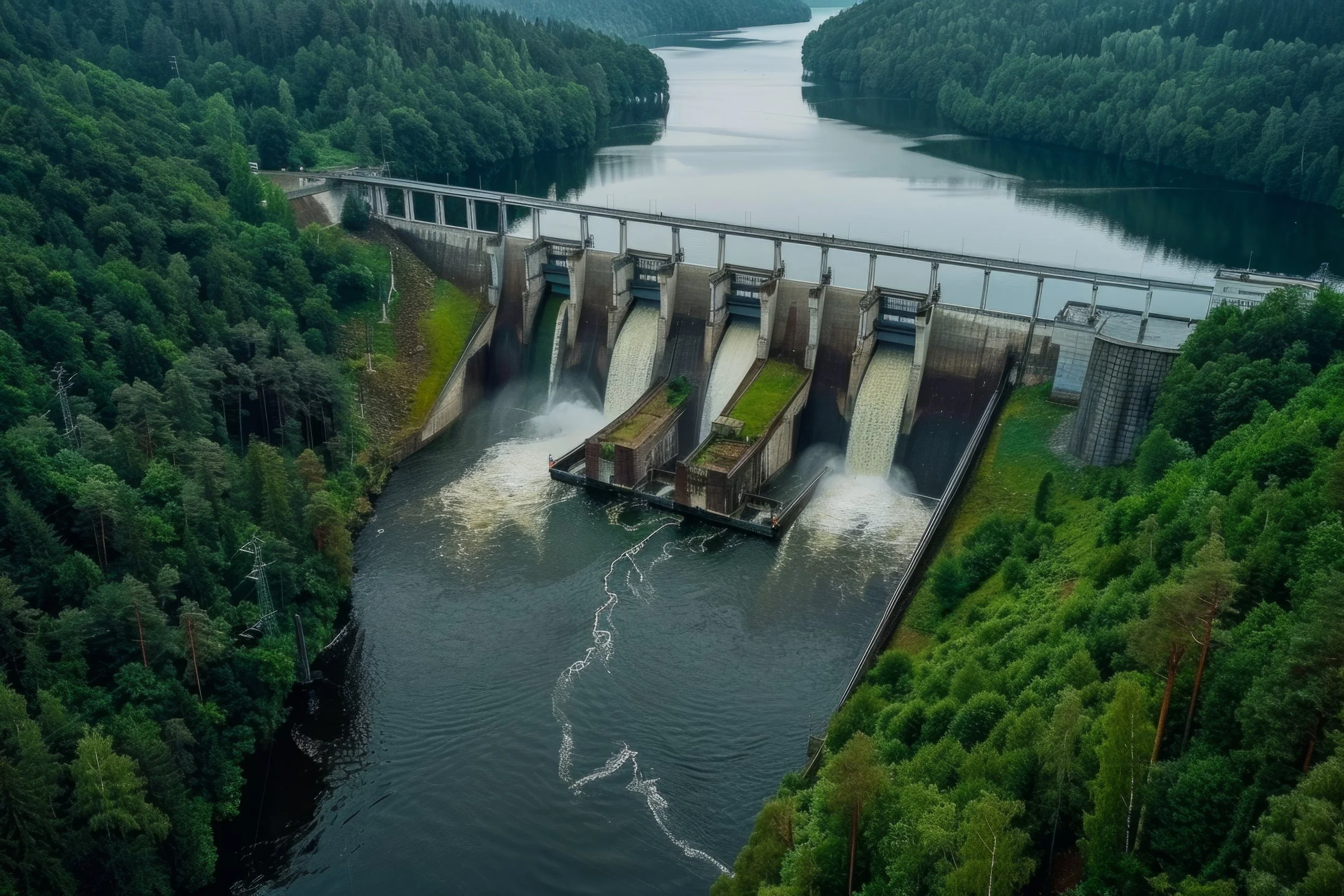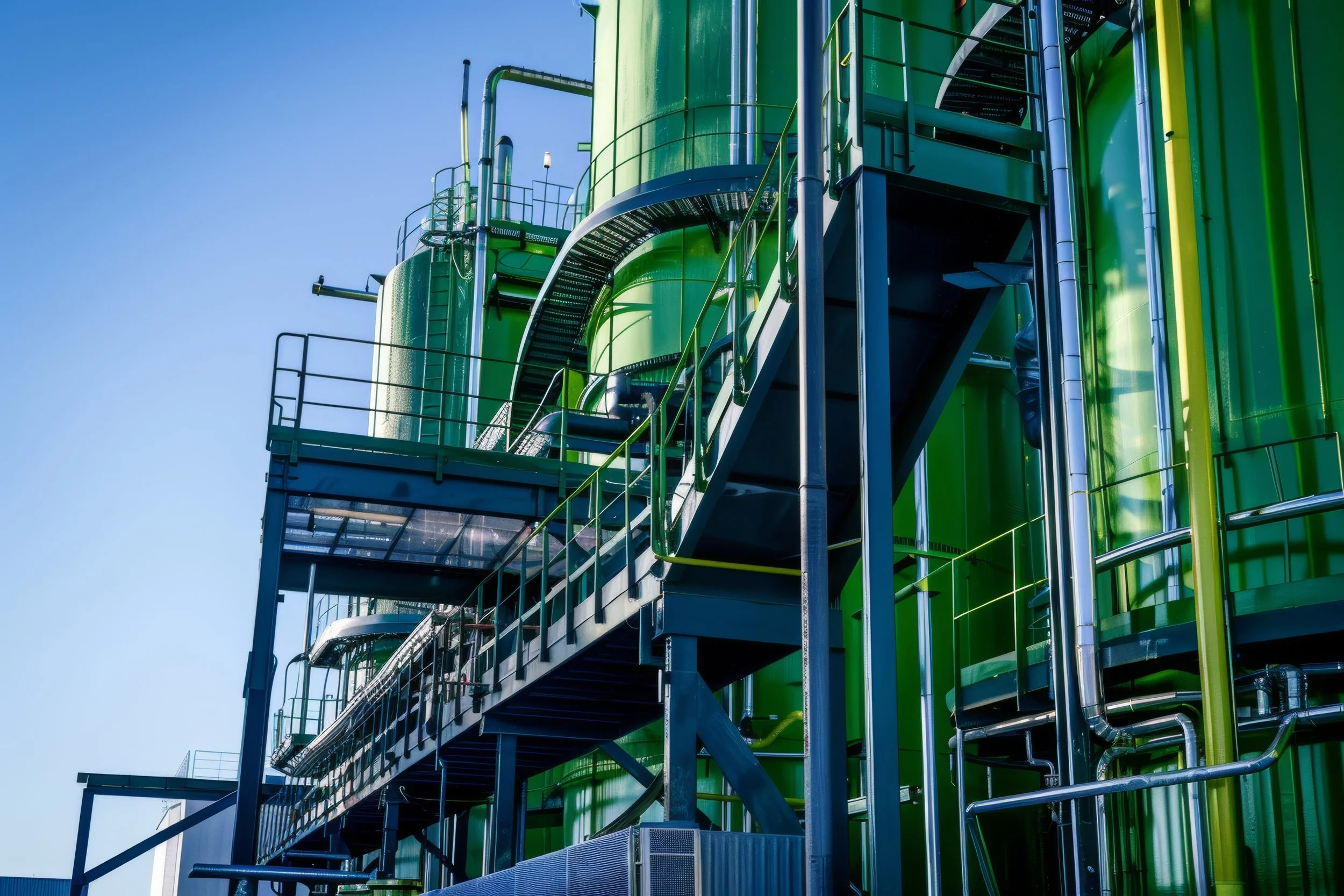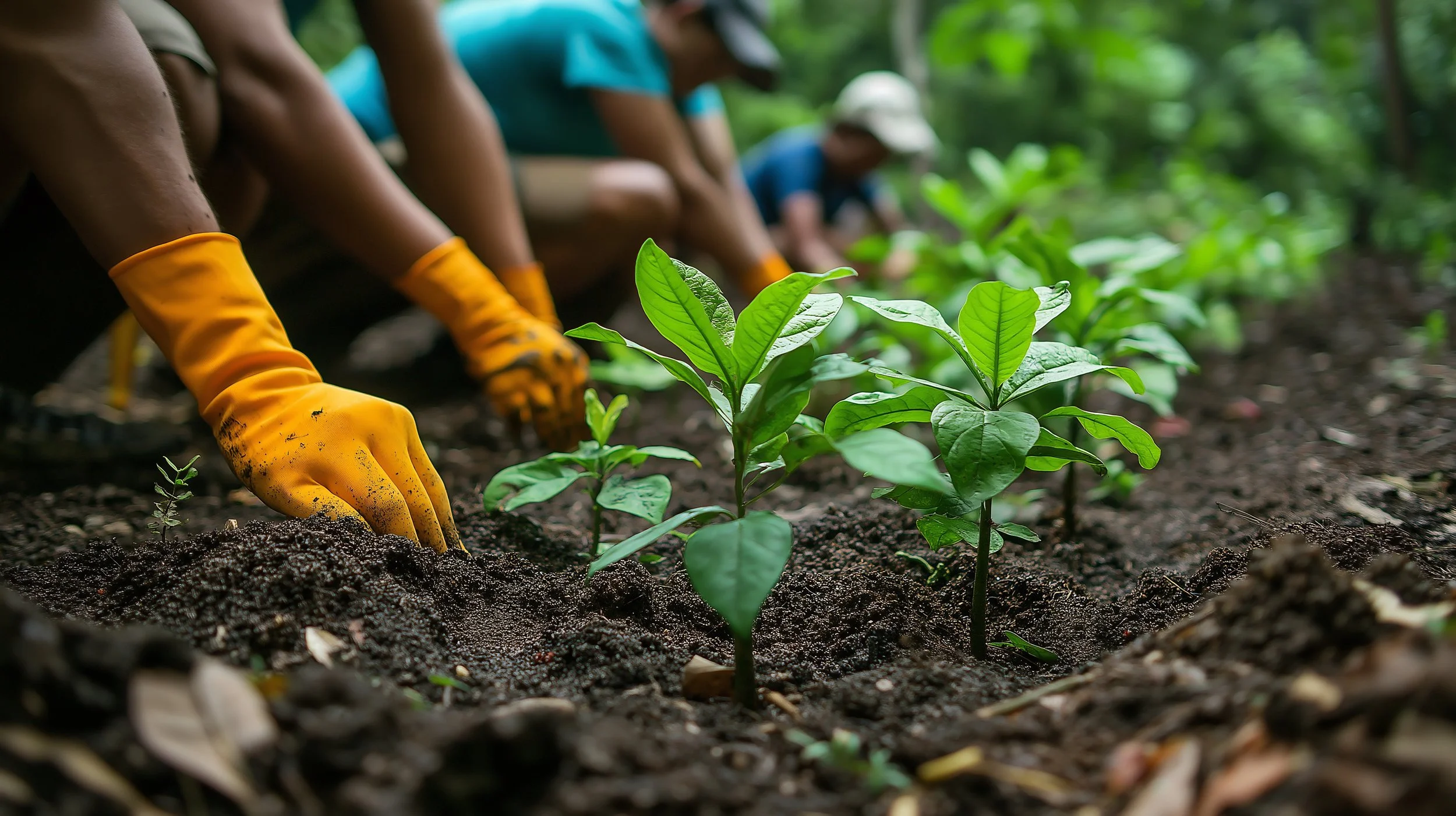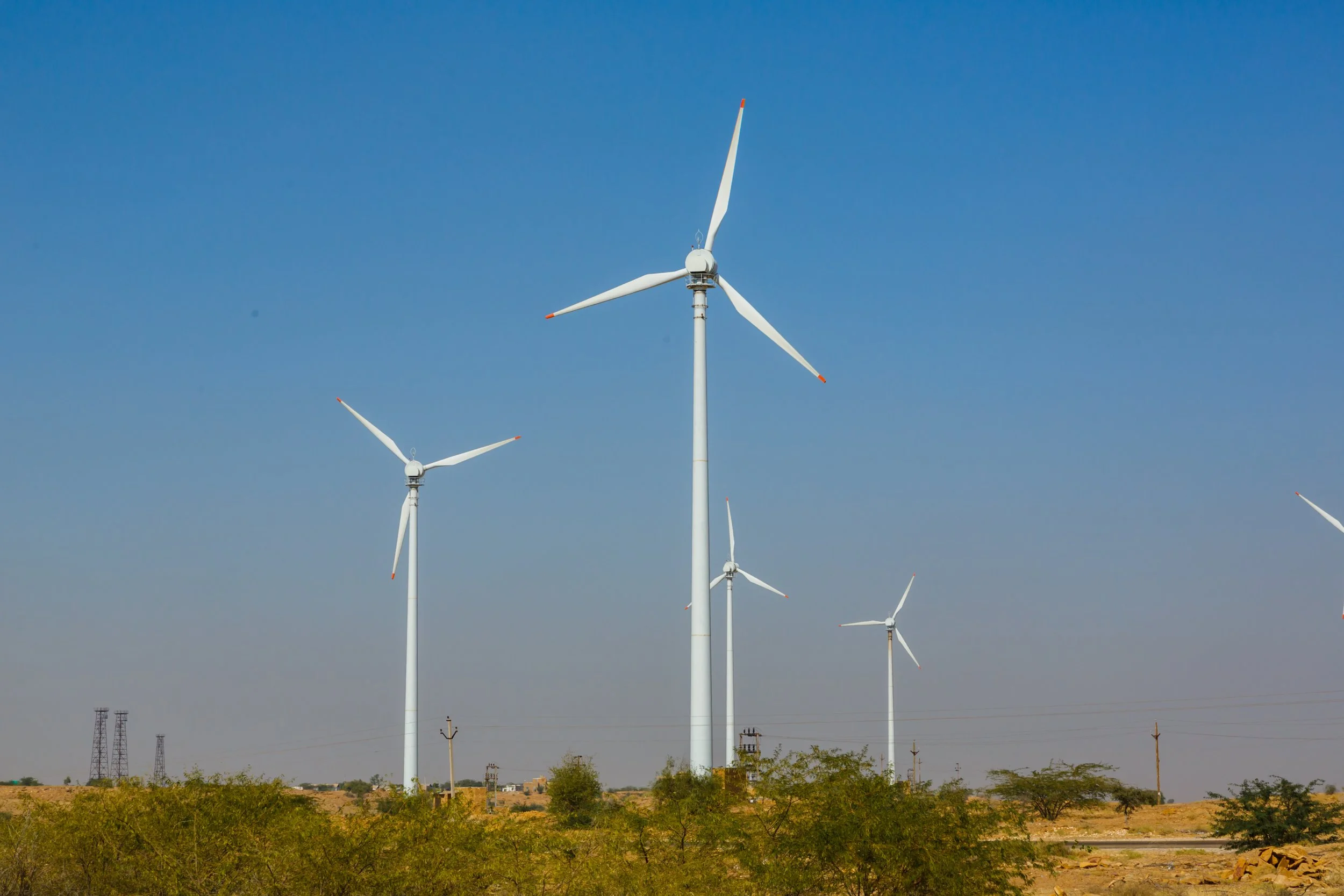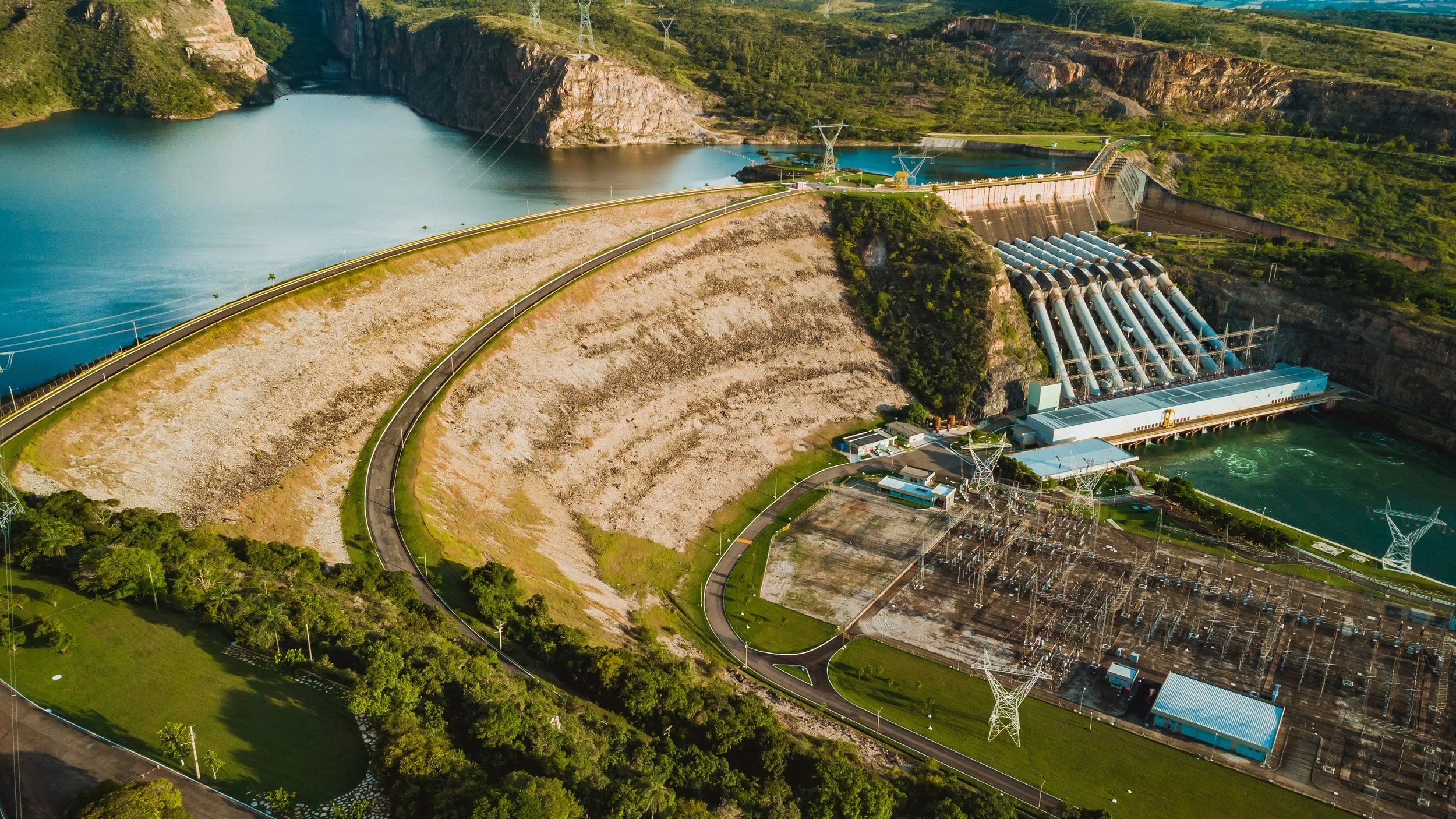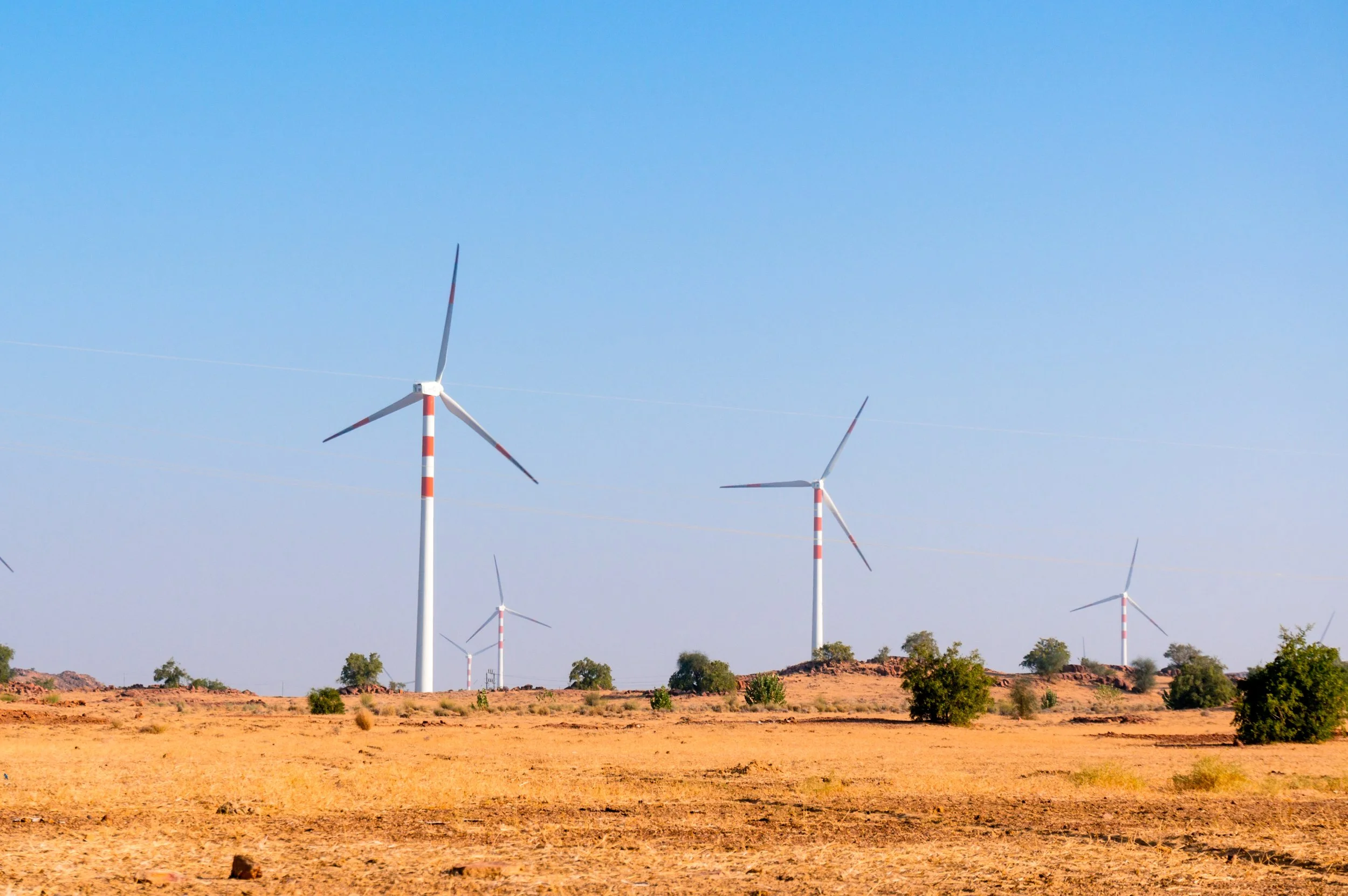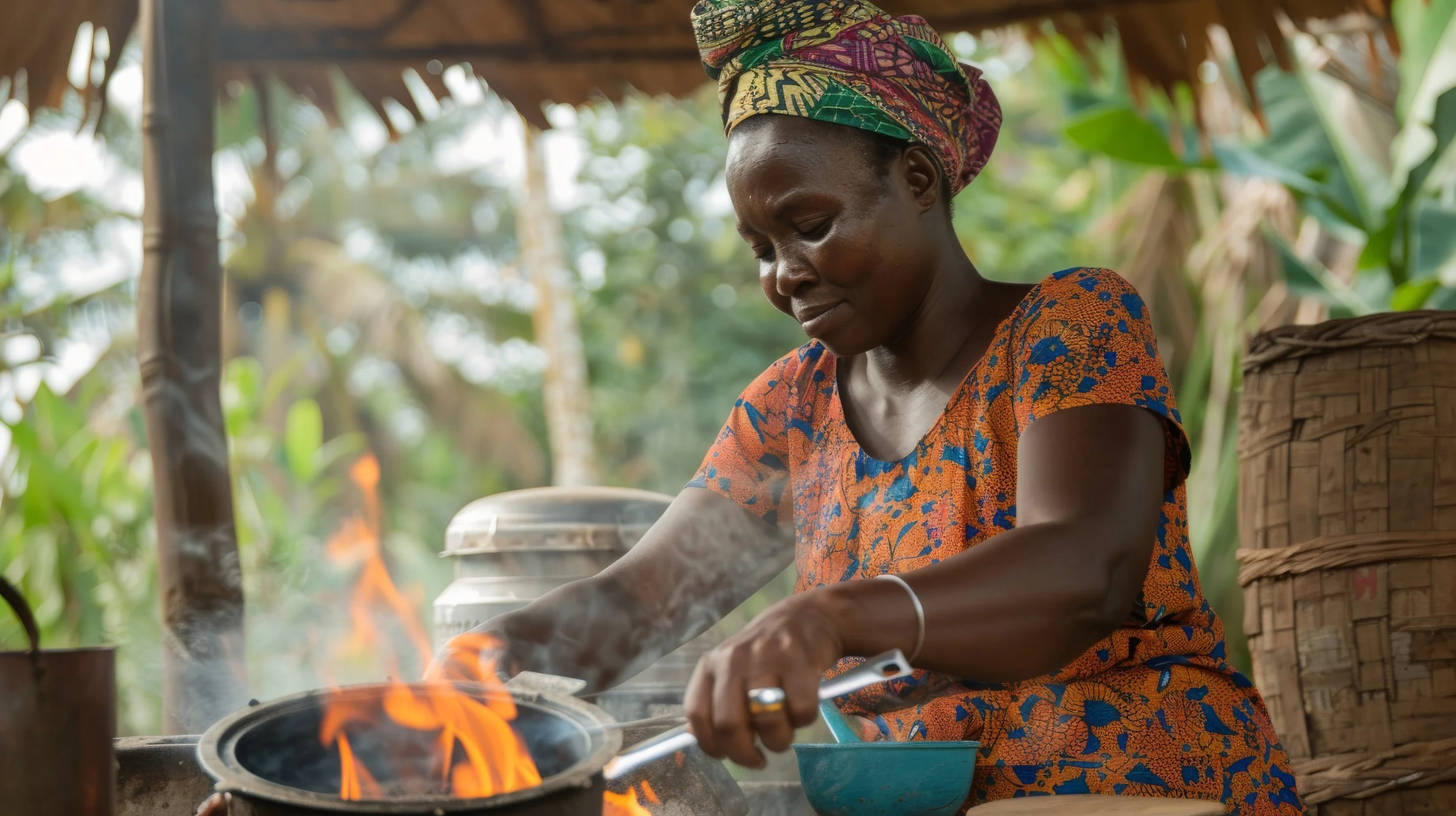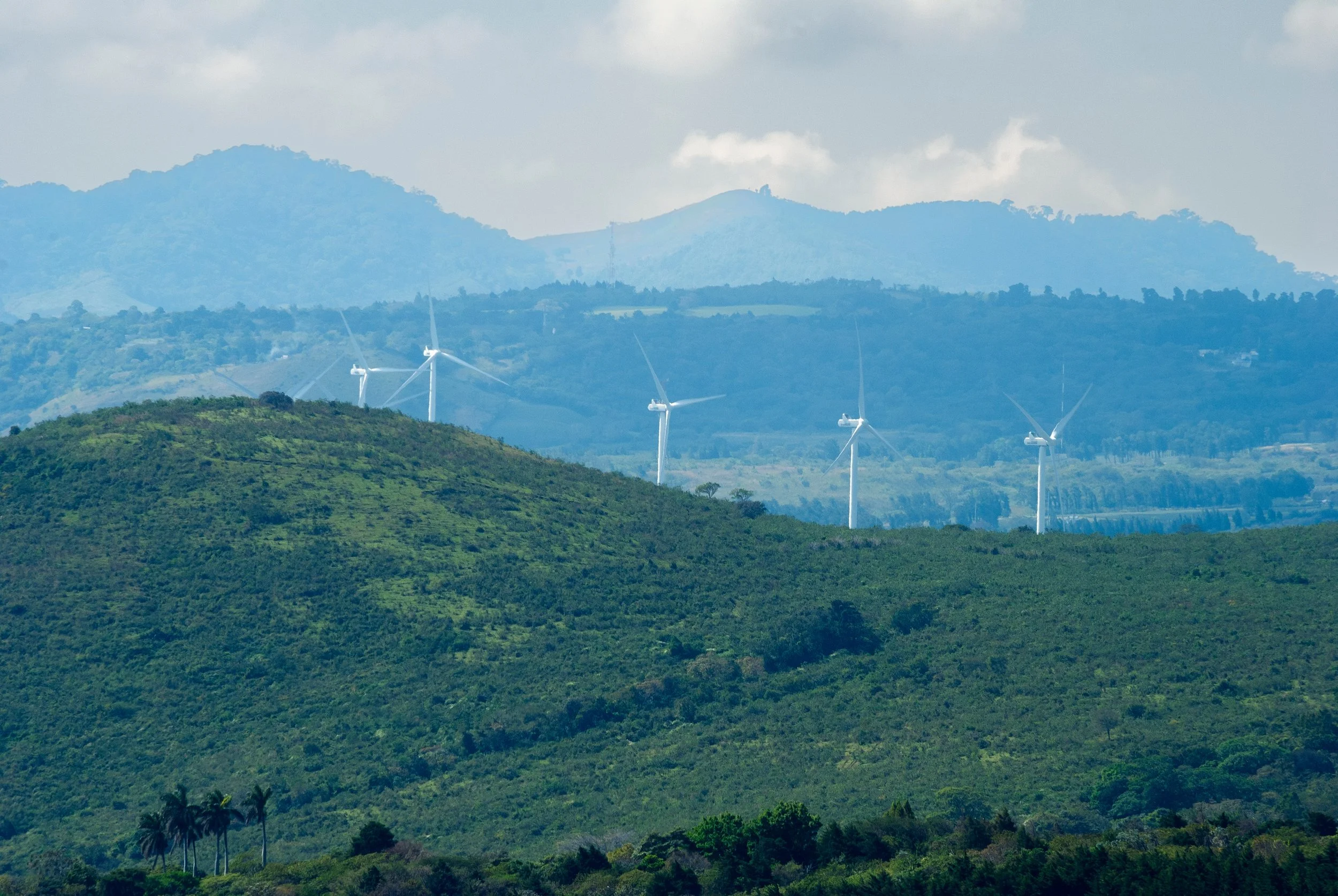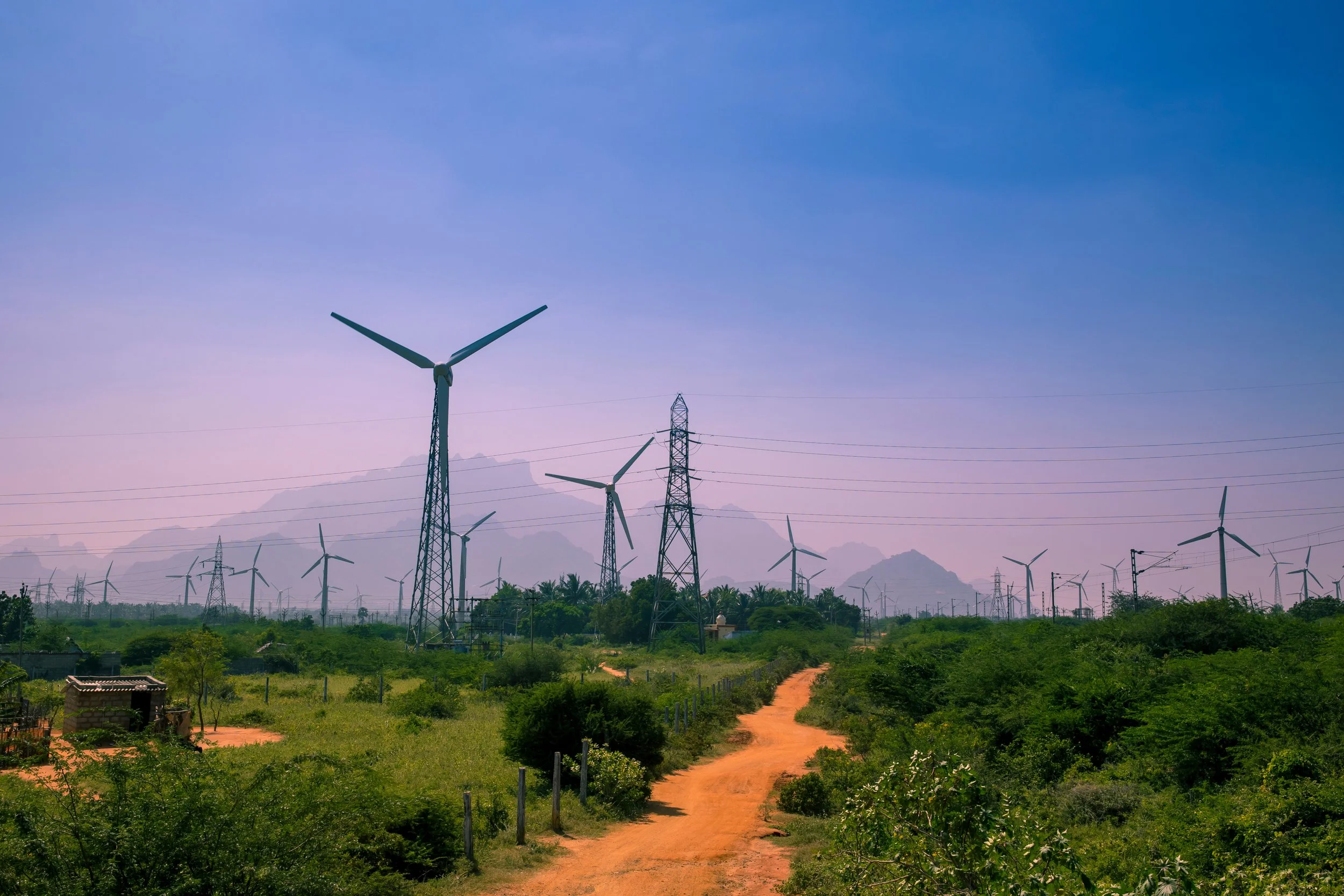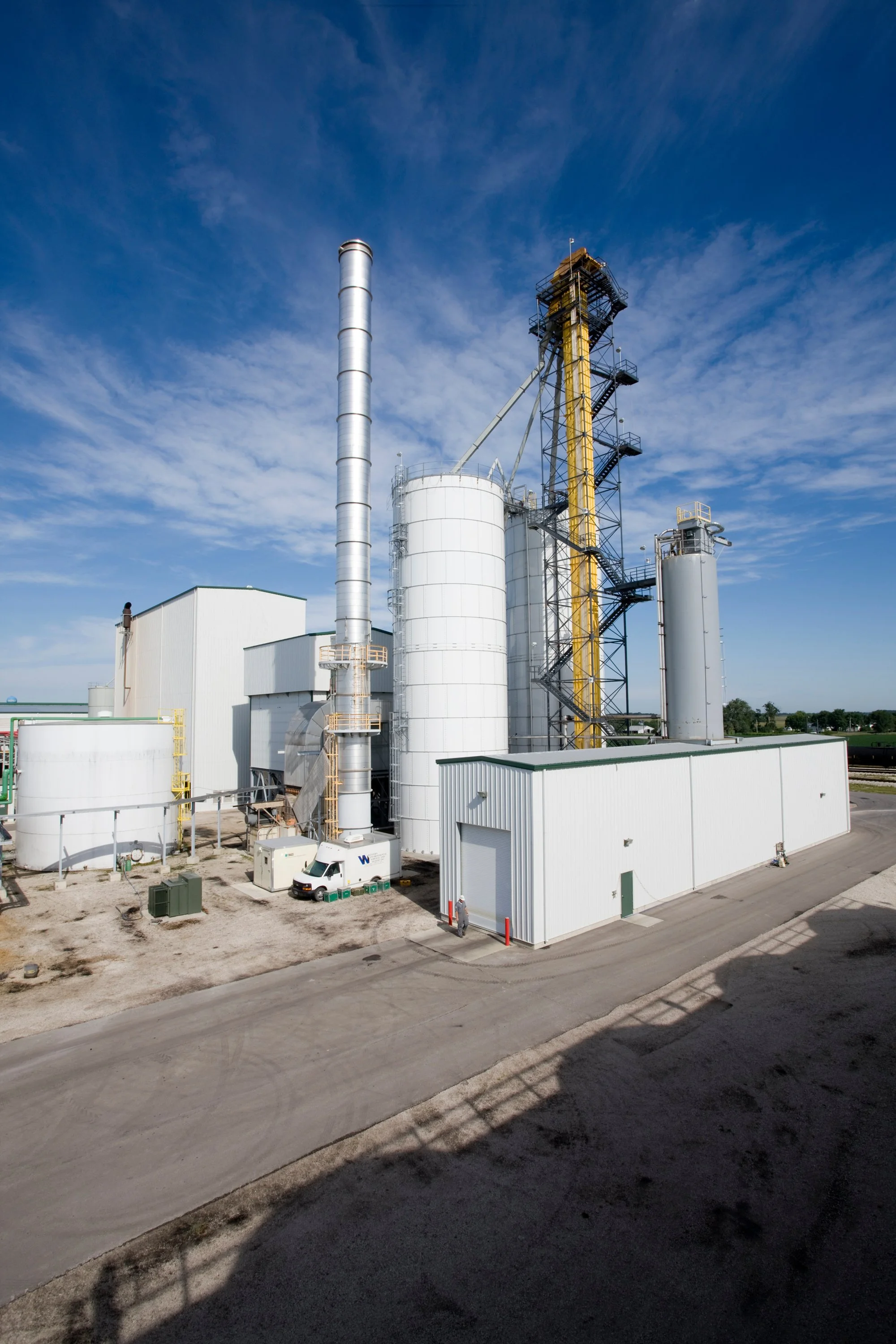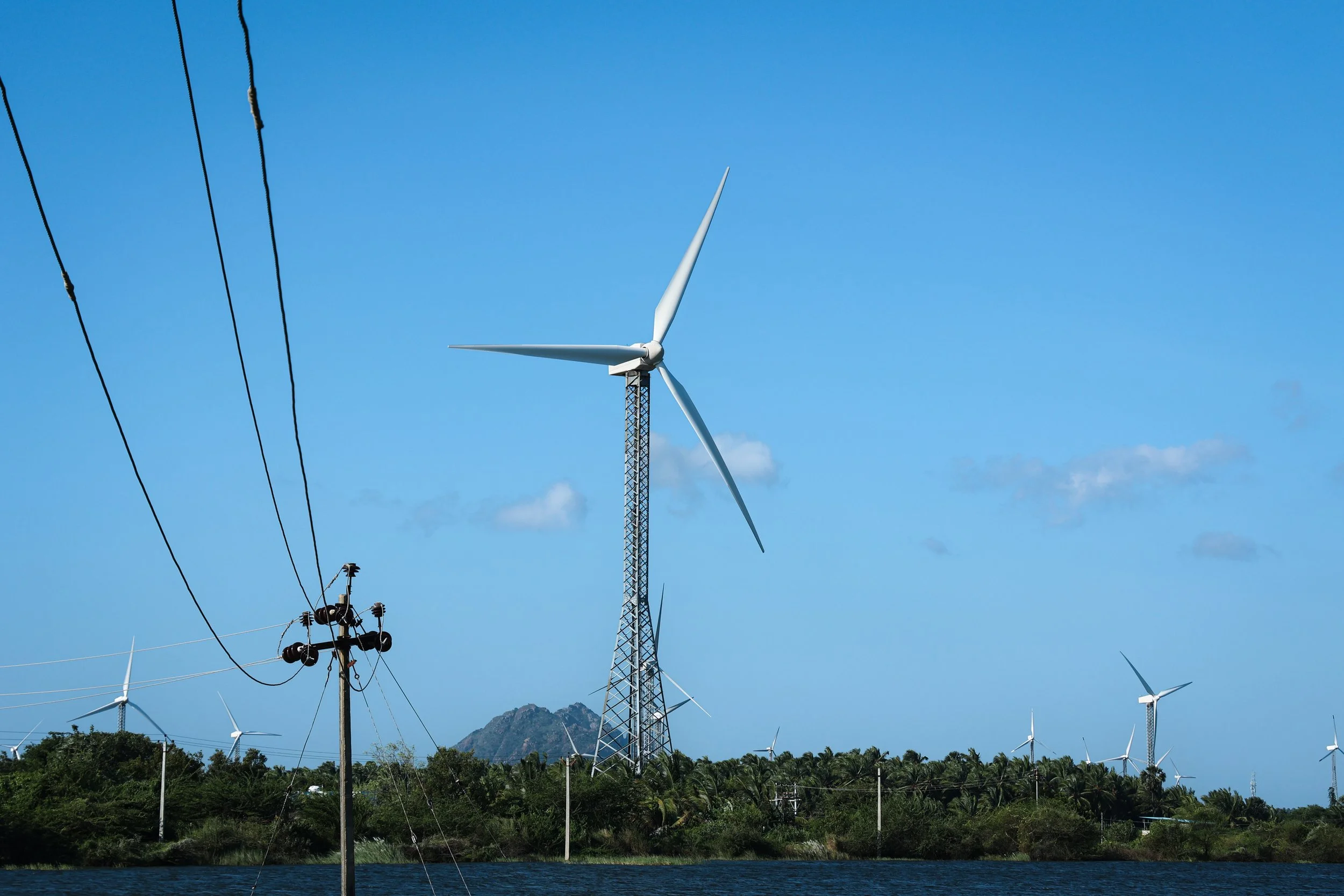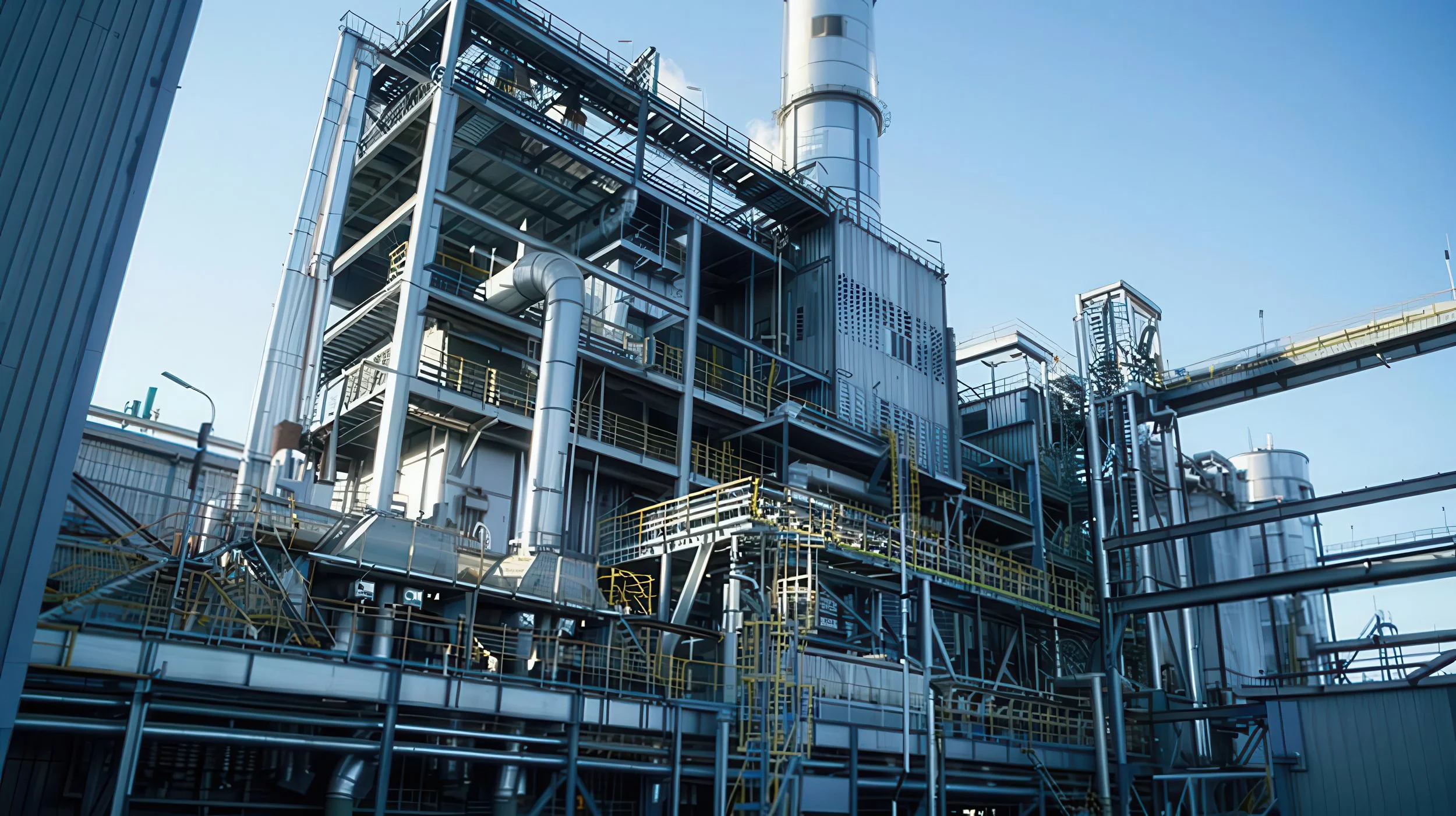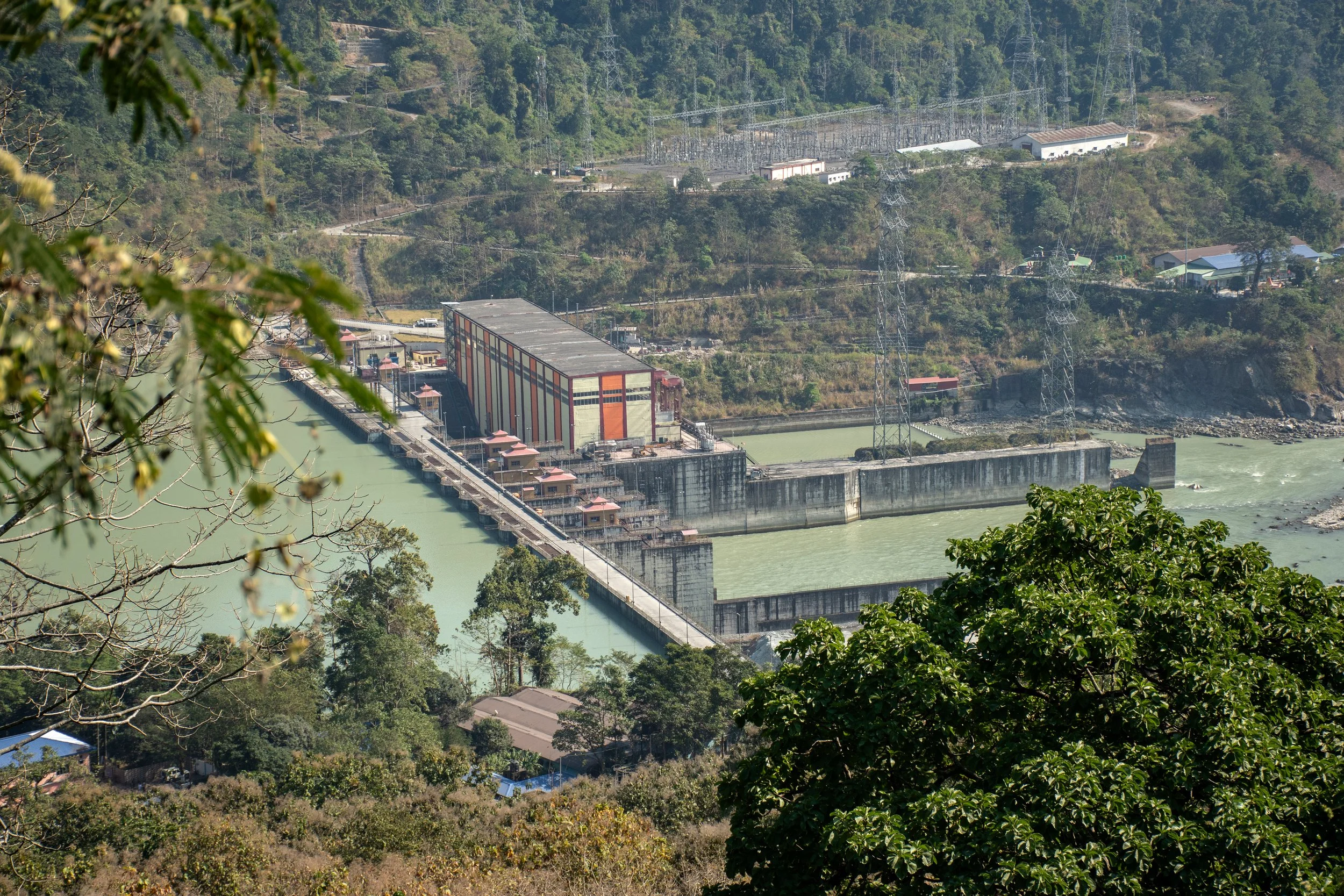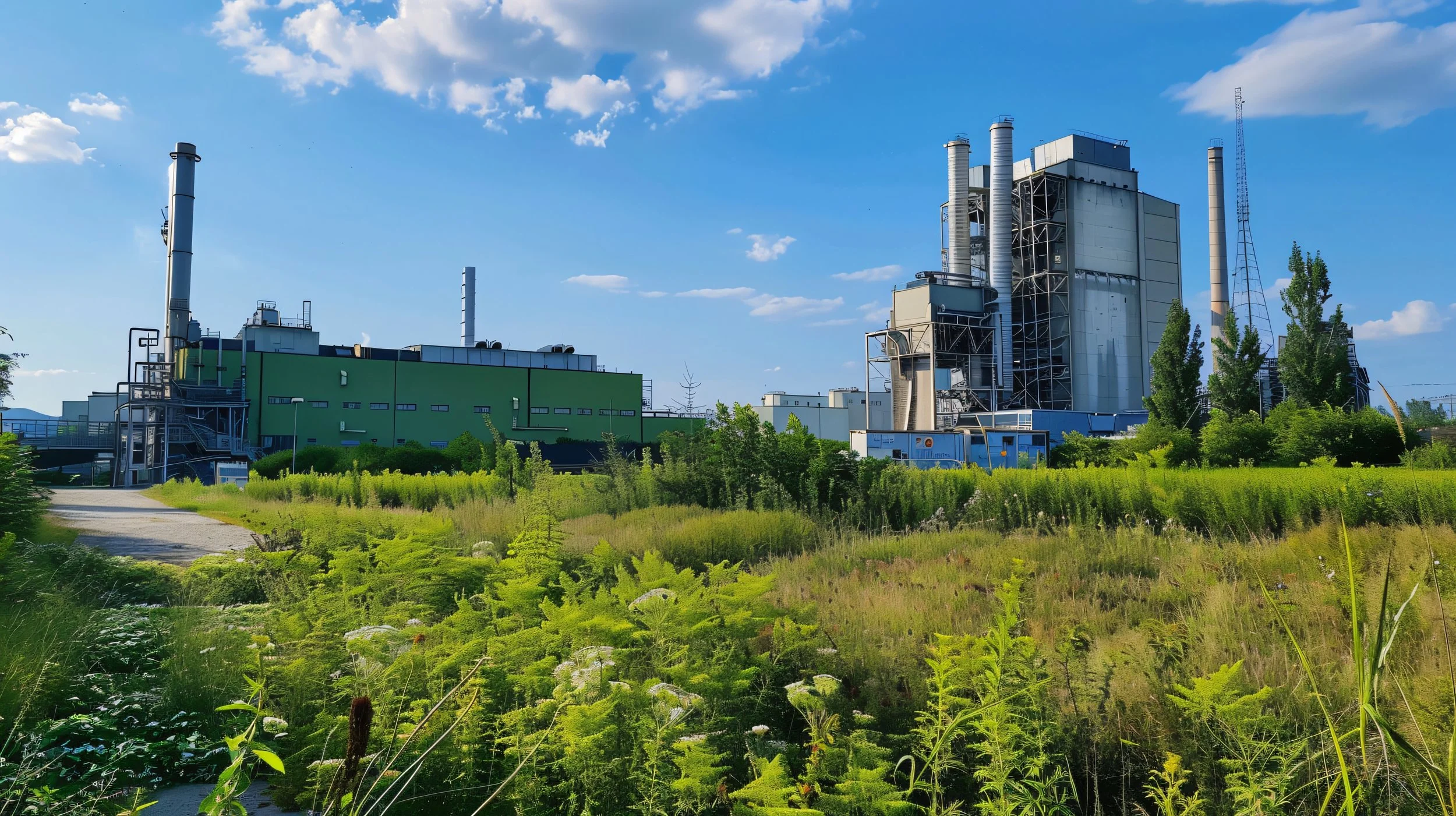
OUR MISSION
OUR MISSION STATEMENT
Freight Brokers is committed to making sustainability a standard in the courier industry.
Providing eco-friendly logistics for the fashion and luxury sectors, helping brands move toward a more sustainable future.
-

19 PROJECTS INVESTED IN SINCE 2019
-

CERTIFIED B-CORP
-

SUPPORTED BY OVER 300 BRANDS
-

COMPETITIVE RATES
-

1,000 TREES PLANTED IN THE GREAT GREEN WALL
-

OVER 1,000 SHIPMENTS SENT IN SUPPORT OF OUR NHS

WORLD-WIDE shipping
OUR PROJECTS
CERTIFIED EMISSION REDUCTIONS
-
Certified emission reductions or CERs are electronic certificates issued for greenhouse gas emission reductions from clean development mechanism project activities or programmes of activities in accordance with the clean development mechanism rules and requirements. Each CER is equivalent to one metric tonne of carbon dioxide avoided or removed from the atmosphere.The environmental benefit of CERs can be claimed to offset or compensate greenhouse gas emissions, among other uses.
-
UN-certified offsets, also known as certified emission reductions or carbon credits, are generated from clean development mechanism projects that reduce greenhouse gas emissions via a variety of methods. These projects can, amongst other approaches
REPLACE the use of dirty fossil fuels with clean renewable energy (wind, hydro, solar, biomass);
REDUCE energy consumption and the use of fossil fuels through energy efficiency measures (clean cooking stoves, energy efficient light bulbs);
CAPTURE already released carbon in trees and other plants (reforestation and forest regeneration projects), amongst other approaches.
Clean development mechanism projects adhere to strict technological standards and are rigorously scrutinized through an international monitoring, reporting and verification process. Clean development mechanism projects have been credited with avoiding more than 1.5 billion tonnes of greenhouse gas emissions.
Our certificates











